3 8 16 Serrated Flange Nut Stainless Hex Nut With Flange
3 8 16 Serrated Flange Nut Stainless Hex Nut With Flange
- Descrizione
- Recensioni (0)
Descrizione
A serrated flange nut is a specialized type of nut that combines the features of a regular nut with a flange and serrations. The flange is a wide, flat ring at one end of the nut, which provides a larger bearing surface compared to a standard nut. This larger surface area helps distribute the load more evenly, reducing the risk of damage to the mating surface and improving the overall stability of the joint. The serrations, which are small teeth or ridges on the underside of the flange, bite into the surface of the workpiece when tightened. This creates a locking effect that helps prevent the nut from loosening due to vibration, shock, or other dynamic forces.
Materials
Steel : This is a very common material for serrated flange nuts. Carbon steel offers good strength and is cost – effective, making it suitable for general – purpose applications. Alloy steel, on the other hand, provides enhanced mechanical properties such as higher tensile strength and better resistance to wear and fatigue, which is ideal for more demanding applications.
Stainless Steel : Known for its excellent corrosion resistance, stainless – steel serrated flange nuts are widely used in environments where rust and corrosion are major concerns, such as marine, chemical, and food – processing industries. They also have a relatively attractive appearance and require minimal maintenance.
Brass : Brass serrated flange nuts have good electrical conductivity and are often used in electrical and electronic applications. They are also resistant to corrosion in some non – aggressive environments and have a distinctive golden – yellow color.
Aluminum : Aluminum serrated flange nuts are lightweight and have good corrosion resistance. They are commonly used in applications where weight is a critical factor, such as in the aerospace and automotive industries.
Surface Treatments
Zinc Plating : A common surface treatment for steel serrated flange nuts. Zinc plating provides a protective layer that helps prevent corrosion. There are different types of zinc plating, such as clear zinc plating (offering basic corrosion protection) and yellow zinc plating (providing better corrosion resistance).
Hot – Dip Galvanizing : This is a more heavy – duty corrosion – protection method. The nut is immersed in molten zinc to form a thick, durable zinc coating. Hot – dip galvanized serrated flange nuts are suitable for outdoor or highly corrosive environments.
Chrome Plating : Chrome – plated serrated flange nuts have a shiny and decorative appearance. They also offer good corrosion resistance and are often used in applications where aesthetics are important, such as in automotive trim or furniture.
Black Oxide Coating : This treatment gives the nut a black finish. It provides some degree of corrosion resistance and also helps reduce glare. Black oxide – coated serrated flange nuts are commonly used in military and industrial applications.
Specifications
Size : Serrated flange nuts come in a wide range of sizes. Metric sizes are specified by the thread diameter (e.g., M3, M4, M5) and the thread pitch. Imperial sizes are defined by measurements such as #4 – 40, #6 – 32, 1/4 – 20. The outer diameter of the flange and the height of the nut also vary depending on the size and design.
Thread Type : The two main thread types are metric threads (ISO metric) and imperial threads (UNC, UNF in the United States). Metric threads are widely used globally, while imperial threads are still prevalent in some industries, especially in the United States.
Grade : The grade of a serrated flange nut indicates its strength. For steel nuts, grades such as 8.8, 10.9, and 12.9 represent different levels of tensile strength and hardness. Higher – grade nuts are suitable for applications with higher load – bearing requirements.
Application
Automotive Industry : Serrated flange nuts are used in various parts of a vehicle, including engine components, suspension systems, and body panels. They help prevent loosening due to the vibrations generated during vehicle operation, ensuring the safety and reliability of the vehicle.
Electrical and Electronics : Due to their anti – loosening properties, serrated flange nuts are used in electrical enclosures, control panels, and electronic devices. They ensure that electrical connections remain secure, preventing malfunctions caused by loose nuts.
Machinery and Equipment Manufacturing : They are used in the assembly of industrial machinery, agricultural equipment, and manufacturing tools. The locking effect of the serrations helps maintain the integrity of the machinery under high – vibration and high – stress conditions.
Aerospace Industry : Given the strict safety and reliability requirements in aerospace, serrated flange nuts are used in aircraft components, such as engine mounts, wing assemblies, and landing gear. Their ability to resist loosening is crucial for the safe operation of the aircraft.
Excellent Case
Automotive Engine Mounting : In a high – performance sports car, serrated flange nuts are used to secure the engine mounts. The constant vibrations and high – torque forces generated by the powerful engine could cause regular nuts to loosen over time. However, the serrated flange nuts bite into the mounting surface, providing a secure connection that ensures the engine remains firmly in place, reducing the risk of engine movement and potential damage.
Wind Turbine Construction : In the construction of wind turbines, serrated flange nuts are used to fasten the blades to the hub and other critical components. These turbines are exposed to strong winds and constant vibrations. The serrated flange nuts’ anti – loosening feature helps maintain the integrity of the connections, preventing blade detachment and ensuring the safe and efficient operation of the wind turbine.
Electronic Server Racks : In large – scale data centers, electronic server racks are assembled using serrated flange nuts. The servers generate heat and vibrations during operation, which could cause nuts to loosen. By using serrated flange nuts, the connections between the rack components remain tight, ensuring proper ventilation, cable management, and overall system stability.

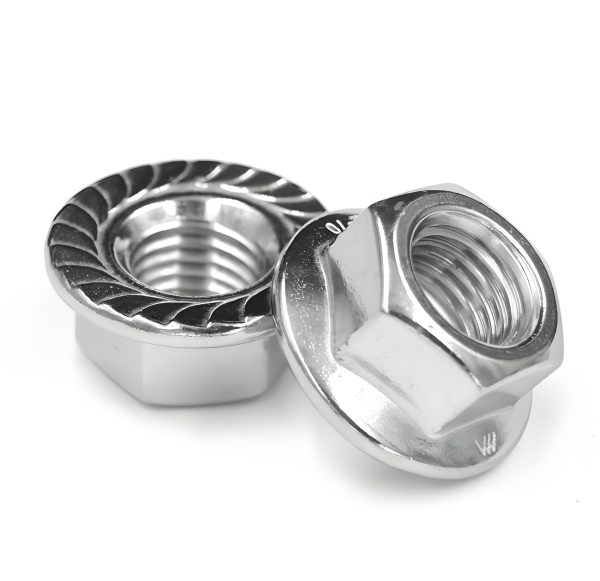
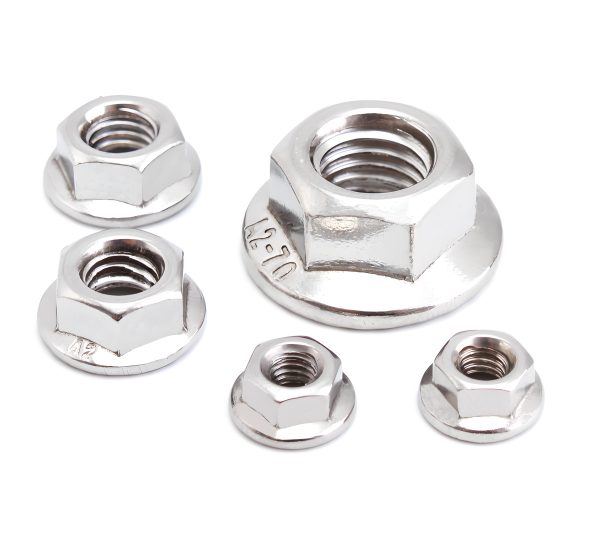
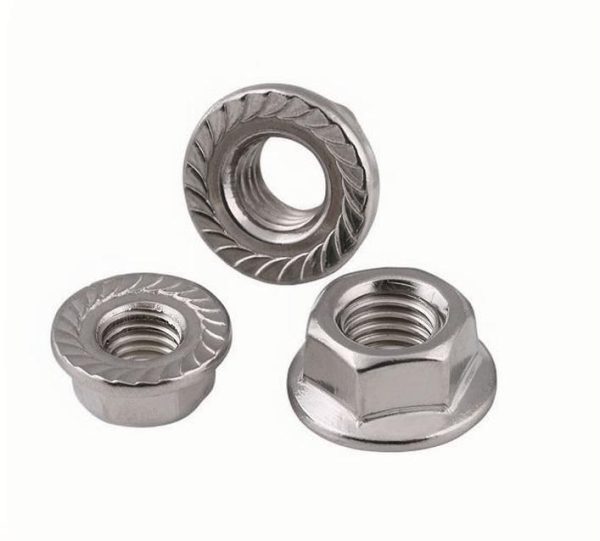
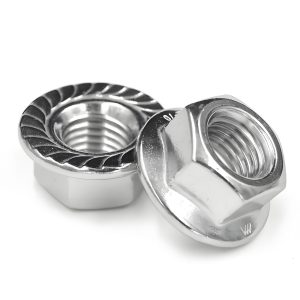
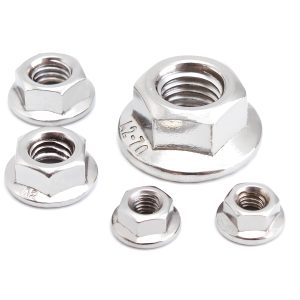
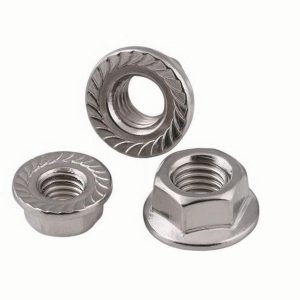
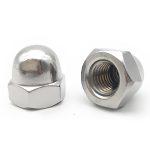
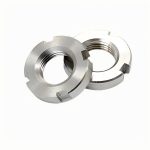
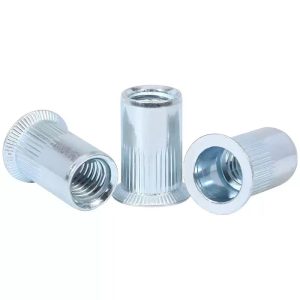
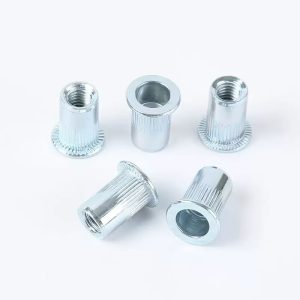
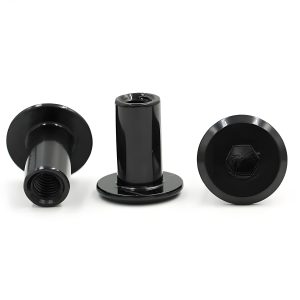
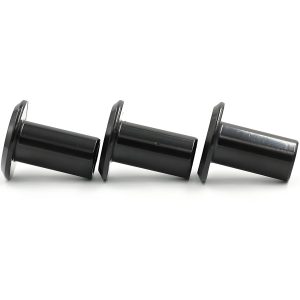
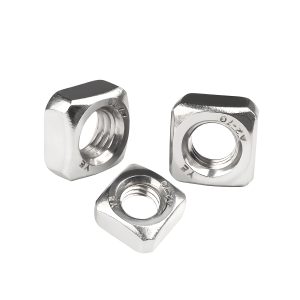
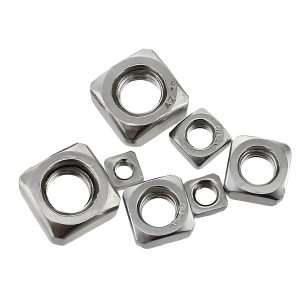
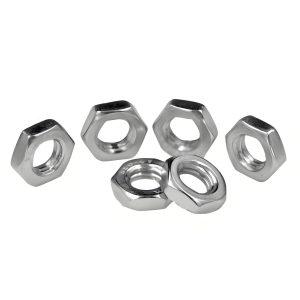
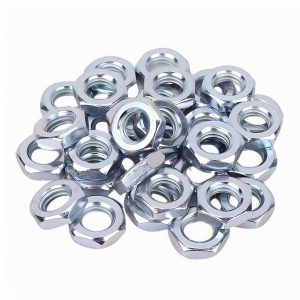
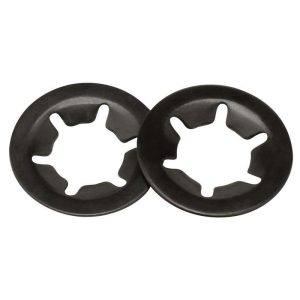
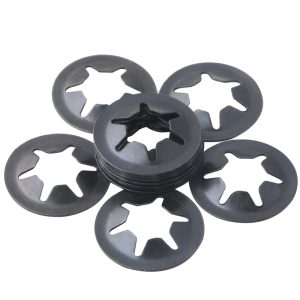
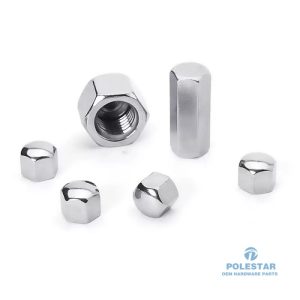
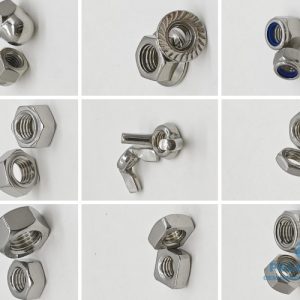
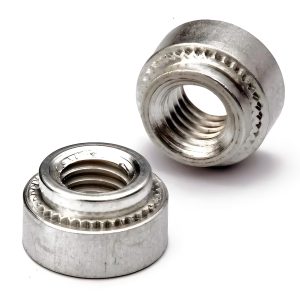
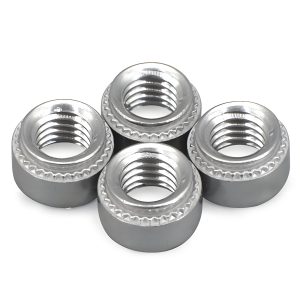
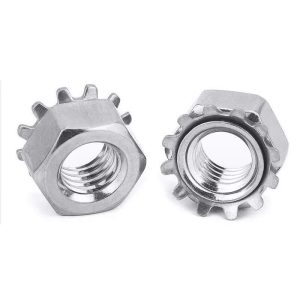


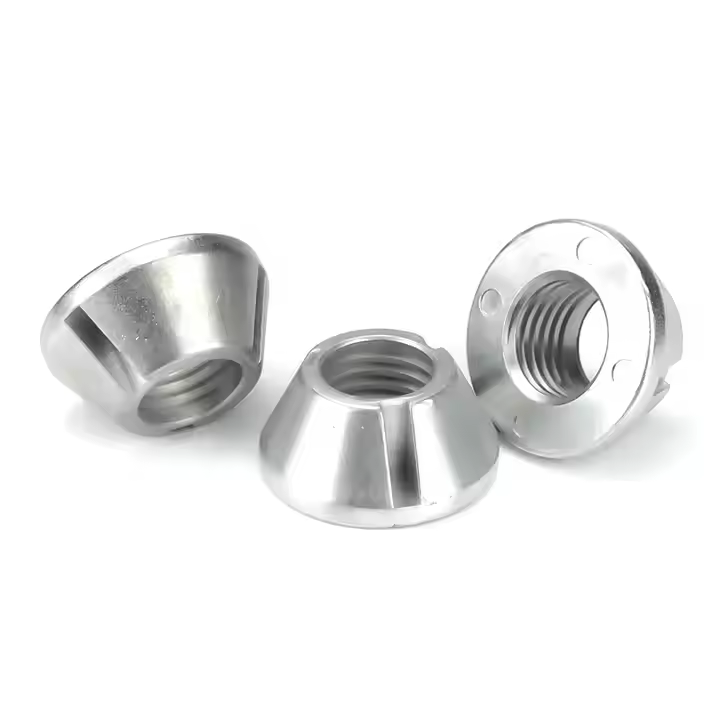
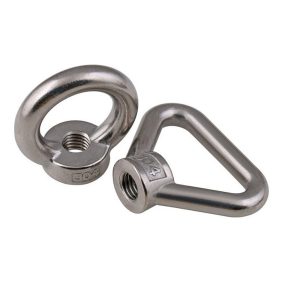
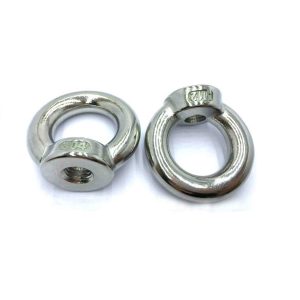
Recensioni
Ancora non ci sono recensioni.